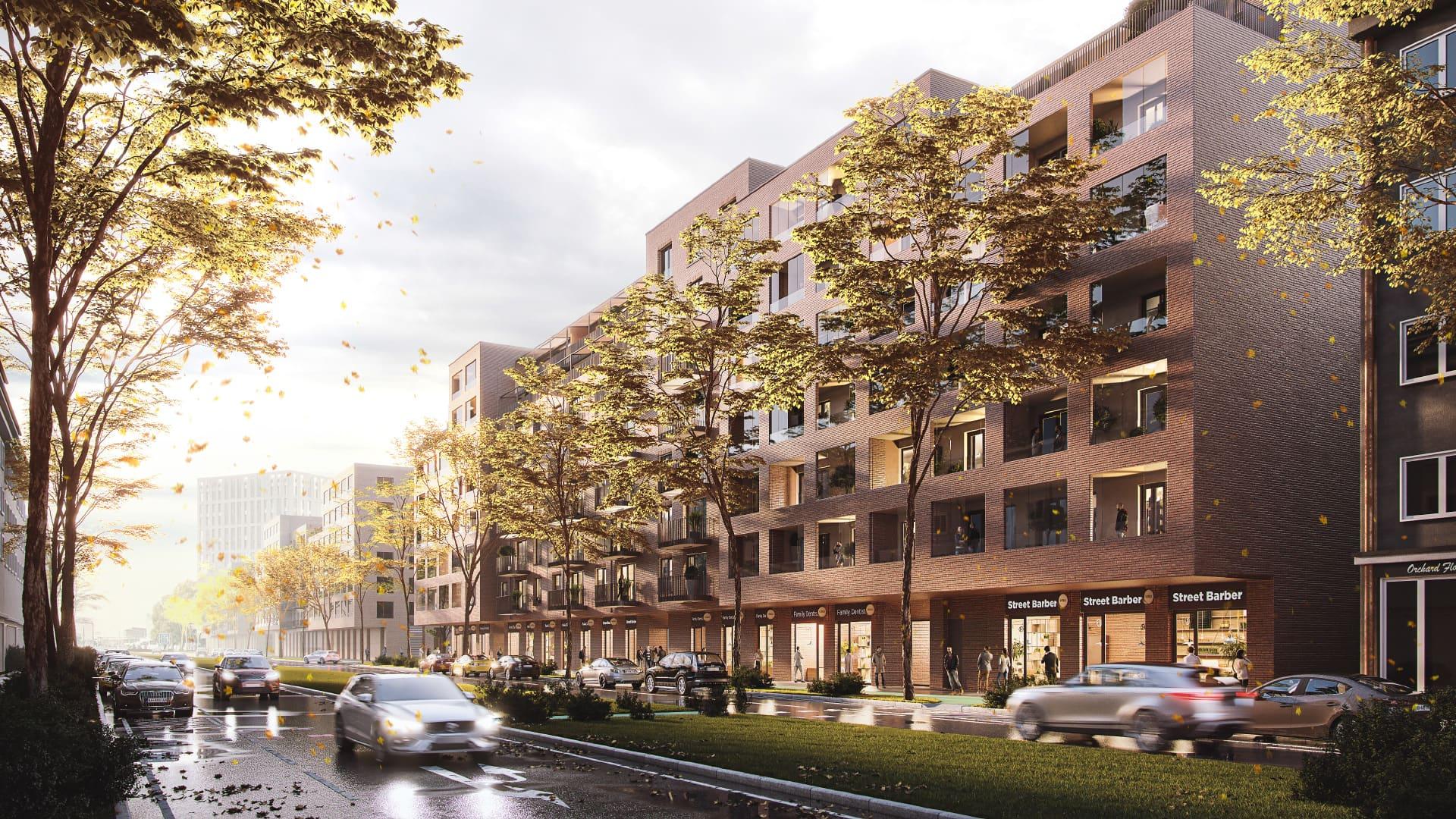Cheaper mortgages drive return of young buyers, fuel real estate recovery in Slovakia
After a period of stagnation in 2022 and 2023, Slovakia’s housing market is showing clear signs of recovery, driven primarily by falling interest rates and renewed interest from young buyers. According to analysts, the return of buyers under 35 is helping to usher in a new phase of residential real estate activity.
The revival comes as mortgage interest rates continue to decline. Figures from the National Bank of Slovakia show that the average mortgage rate dropped to 3.7 percent in March, with some banks offering rates as low as 3.2 percent. This marks a notable improvement from the 4.2 percent average seen a year earlier.
This shift in financing conditions has translated into a sharp increase in loan activity. In the first quarter of 2025 alone, Slovak banks issued €1.3 billion in new mortgages – a 53 percent increase compared to the same period in 2024. Notably, this figure excludes refinancing, underscoring the strength of new lending and its influence on market demand.
Banks are responding to the renewed interest by simplifying and accelerating the loan approval process, creating a more accessible environment for first-time buyers. As a result, activity among younger clients is on the rise.
“We’re seeing more interest from young people looking to purchase their first home,” said Zuzana Klačanová, owner of UPgreat HOME real estate agency. “Lower mortgage rates have made financing viable for many who were previously excluded from the market.”
These buyers are typically seeking smaller, more affordable homes—such as one- or two-room flats or compact family houses. In contrast to wealthier segments of the market, their purchasing decisions are driven by practical considerations and a need for predictable, long-term affordability.
While demand for larger properties remains subdued, real estate experts expect that could change later in the year if rates continue to stabilise and income levels improve.
However, the positive outlook is tempered by a number of ongoing challenges. Demographic trends point to a shrinking pool of younger buyers over the long term, meaning the current surge in demand may reflect delayed purchases rather than sustained growth.
Another major obstacle is the continued rise in housing prices. The average price of apartments rose by 11.4 percent year-on-year to reach a record €3,041 per square metre, according to NBS data. This increase threatens to outpace the financial capacity of first-time buyers, particularly those without significant savings.
Michal Kremnický, CEO of Finvia Holding, warned that the market could become increasingly dominated by older buyers. “Those in the 35 to 45 age group have more stable incomes, stronger credit profiles, and often apply jointly with a partner. Their preparedness will allow them to remain the driving force behind demand,” he noted.
One notable trend in early 2025 is the growing preference for older apartments over new-builds. Older flats saw a price increase of 6 percent compared to just 3.4 percent for new constructions. This indicates a shift in buyer behaviour toward quicker transactions and properties located in well-established urban areas with existing infrastructure.
“There is a clear preference for affordability,” said Vladimír Kubrický, analyst at the Real Estate Union of the Slovak Republic. “Even buyers with sufficient means often choose older apartments because they offer better value and location benefits.”
Kubrický added that while interest rates may continue to fall modestly, significant further reductions are unlikely. Only smaller banks competing for market share may offer below-average rates.
Although developers and sellers are benefiting from the market’s renewed momentum, the outlook remains cautious. Any sustained revival will hinge on maintaining credit accessibility and curbing the pace of price increases. At the same time, demographic pressures and limited affordable supply may constrain long-term growth.
For now, however, young buyers are once again active in the market, reshaping demand and prompting new considerations for both developers and financial institutions. Whether this momentum can be sustained will depend on how the market adapts to evolving economic and social conditions in the months ahead.
Source: Trend.sk
Photo: ZWIRN, YIT









